China unveils new strategic weapons in surprise-filled military parade
China’s latest military parade, held to mark the 80th anniversary of Japan’s defeat in World War II, showcased a formidable display of advanced weaponry — including previously unseen intercontinental ballistic missiles (ICBMs), air-launched nuclear capabilities, carrier-based stealth jets, and unmanned aerial systems. The event emphasized the People’s Liberation Army’s (PLA) rapid modernization across land, sea, and air domains.
One of the most striking revelations was the debut of several new nuclear-capable missiles. Among them were the DF-61 and DF-31BJ, two ICBMs not previously disclosed to the public. The DF-61 is believed to be an upgrade of the DF-41, China’s most advanced ICBM, possibly boasting a range of 12,000–15,000km. Meanwhile, the DF-31BJ represents a silo-based evolution of the DF-31 series, South China Morning Post reports.
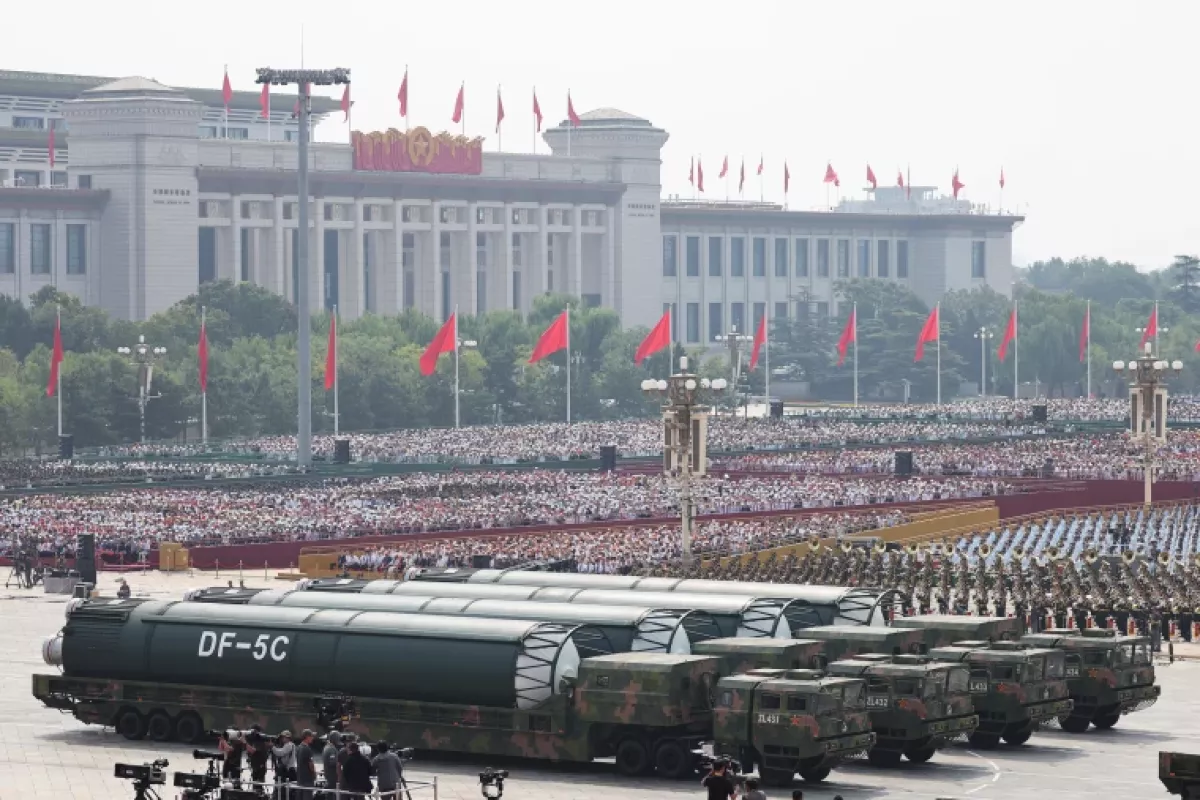
The DF-5C, an enhanced version of China’s first ICBM, was also on display. With a range exceeding 13,000km, it can carry up to 10 multiple independently targetable re-entry vehicles (MIRVs). CCTV declared the DF-5C capable of covering “the entire globe.”
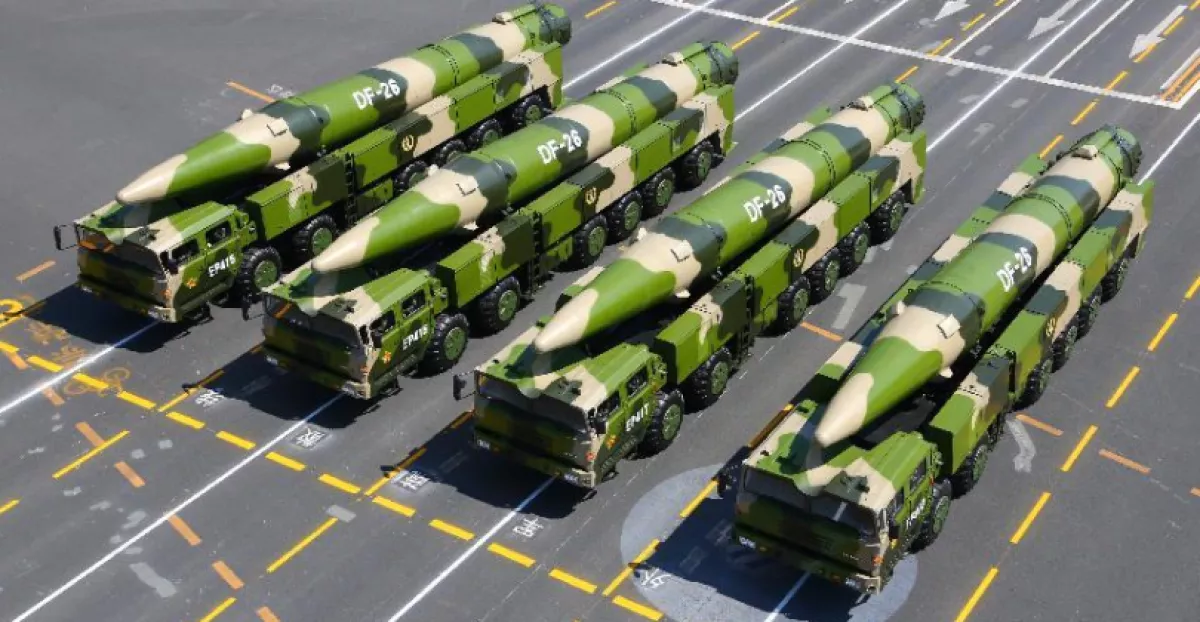
Also making its public debut was the JL-3, a submarine-launched ballistic missile (SLBM) capable of intercontinental strikes from nuclear-powered submarines. With a range of over 10,000km and the ability to carry three MIRVs, the JL-3 completes China’s strategic nuclear triad.
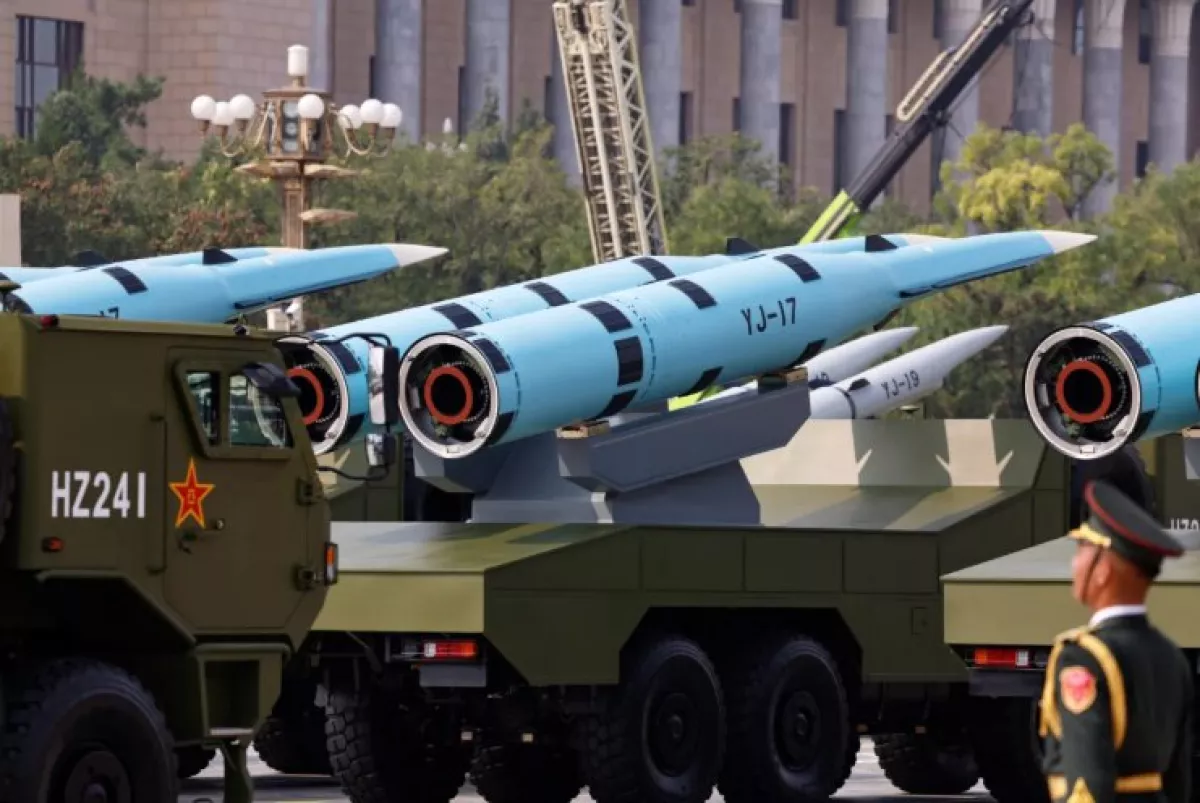
Perhaps the biggest surprise was the unveiling of China’s first air-launched nuclear missile — the Jing Lei-1 (JL-1).
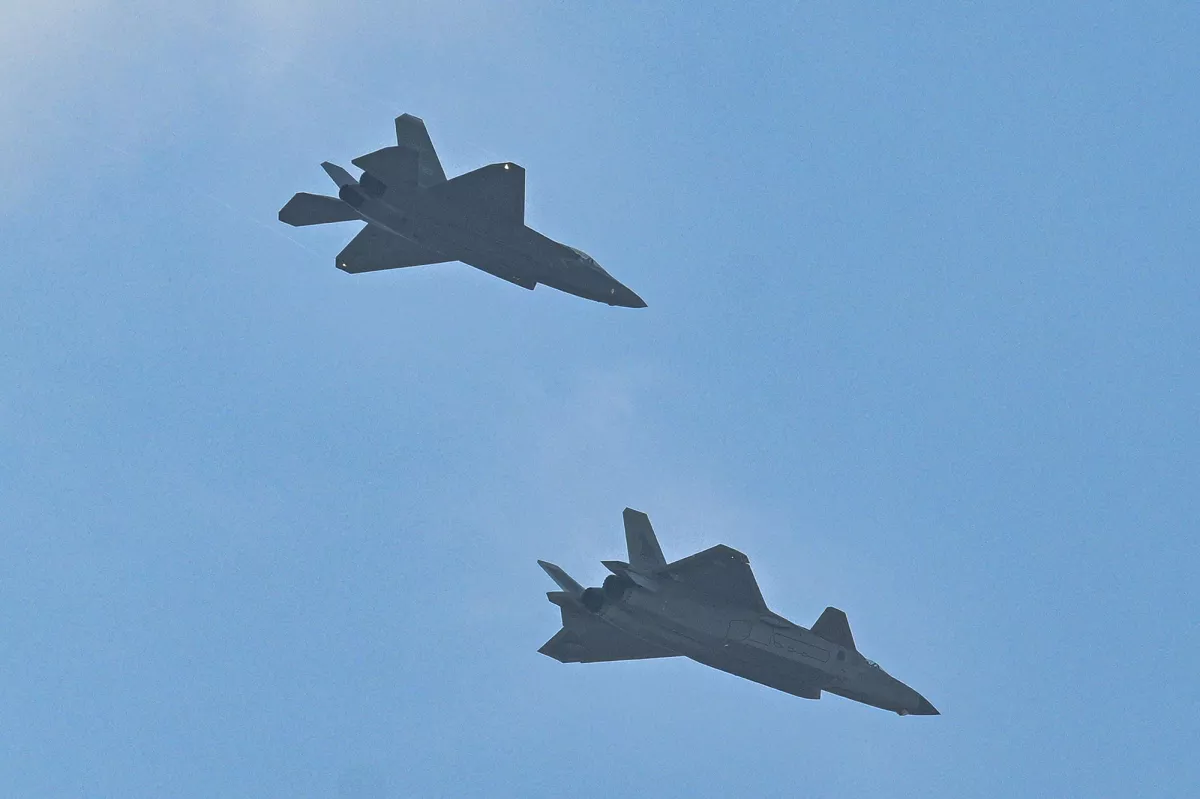
According to state broadcaster CCTV, the JL-1 and JL-3 represent the “first concentrated display” of the PLA’s “land, sea and air triad strategic nuclear forces.” CCTV described the triad capability as a “strategic ace for safeguarding national sovereignty and defending national dignity.”
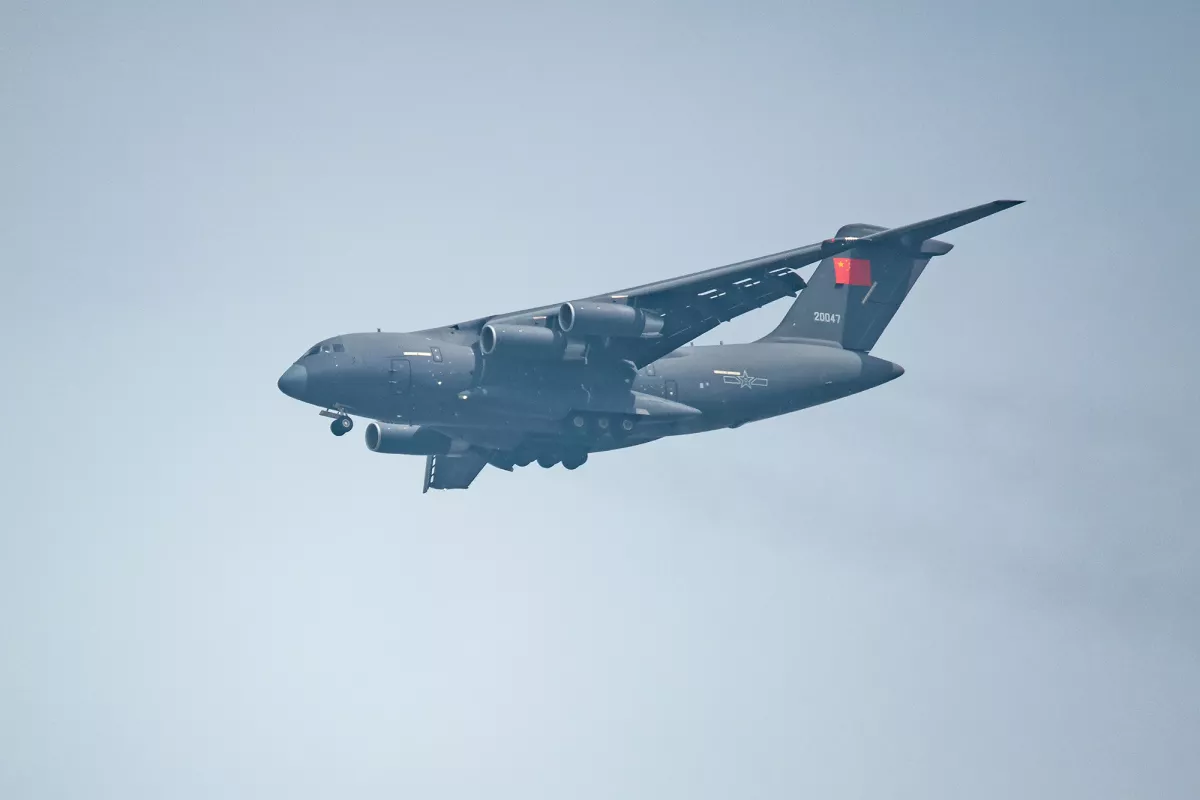
China also displayed the DF-26D, a new variant of its “Guam killer” missile, and the CJ-1000, a hypersonic cruise missile with long-range strike capabilities.
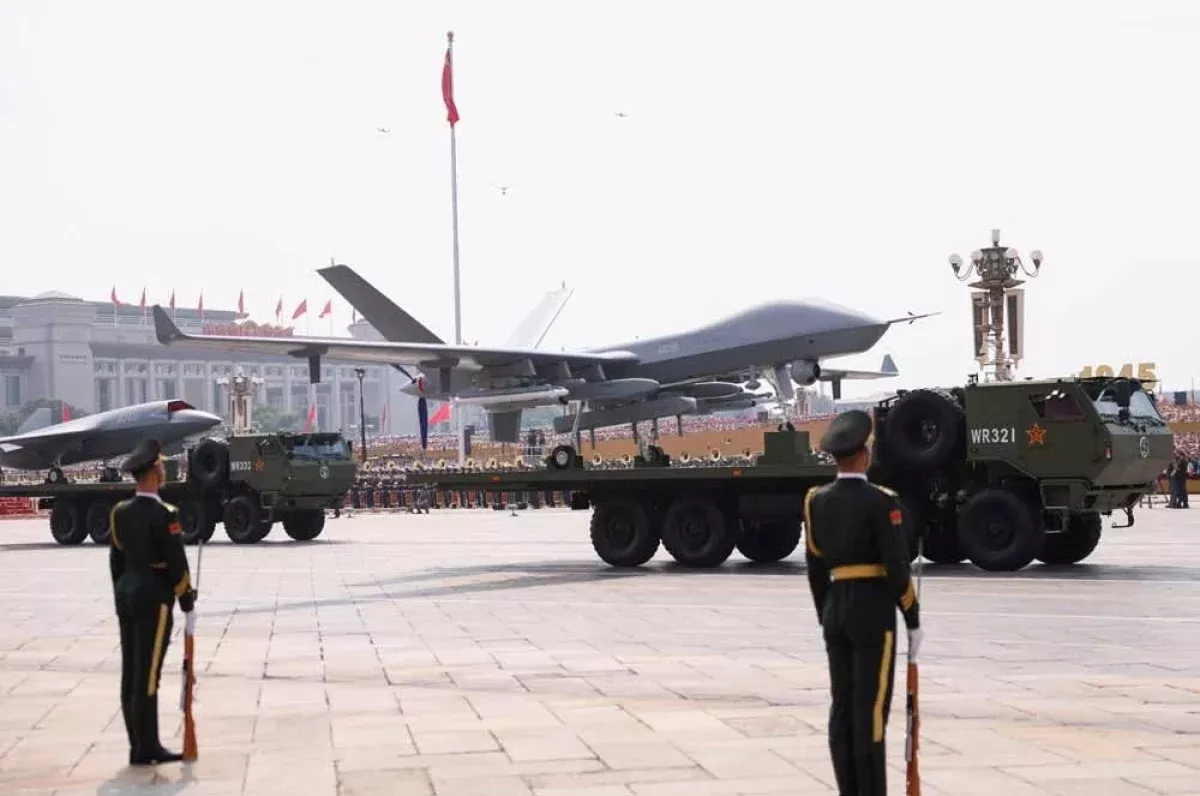
In anti-ship warfare, hypersonic missiles YJ-15, YJ-17, YJ-19, and YJ-20 were introduced, completing what Xinhua described as the PLA Navy’s “three-dimensional anti-ship system.”
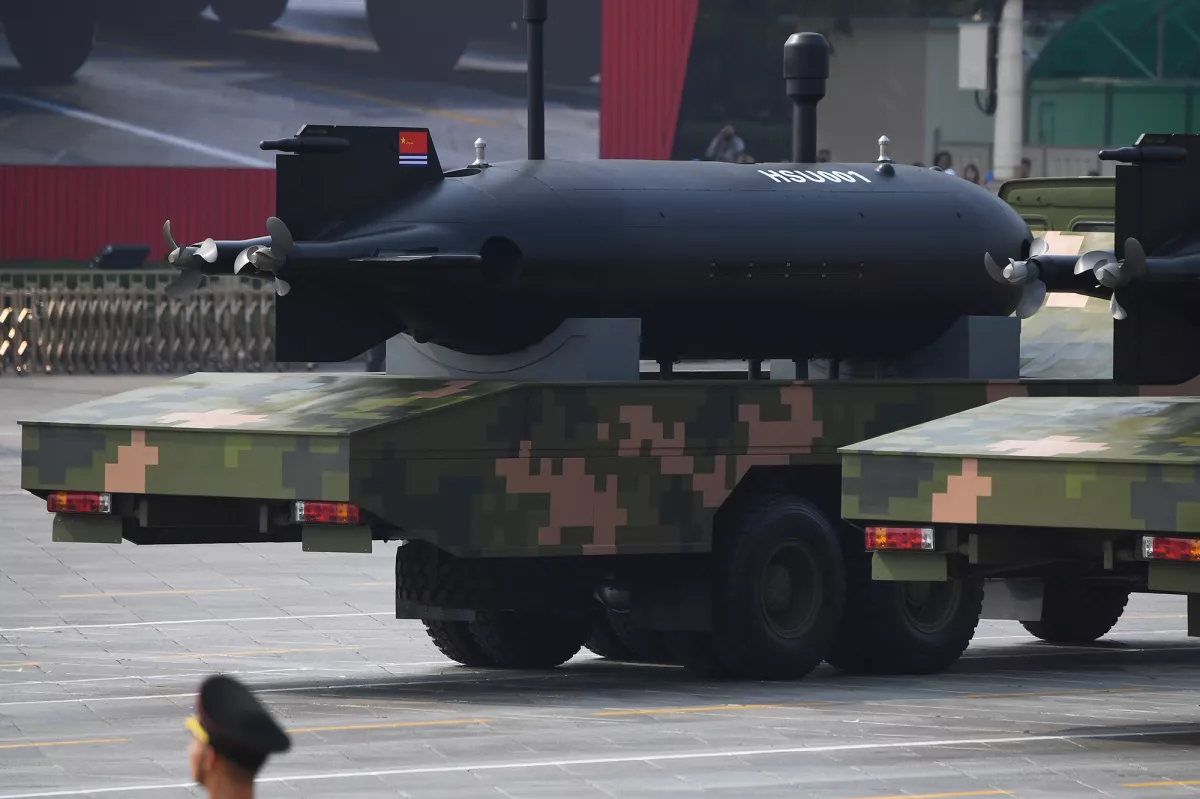
Ground forces revealed new main battle tanks, including the Type 99B, optimized for high-altitude combat, and the Type 100, China’s fourth-generation MBT with an unmanned turret and active protection systems.
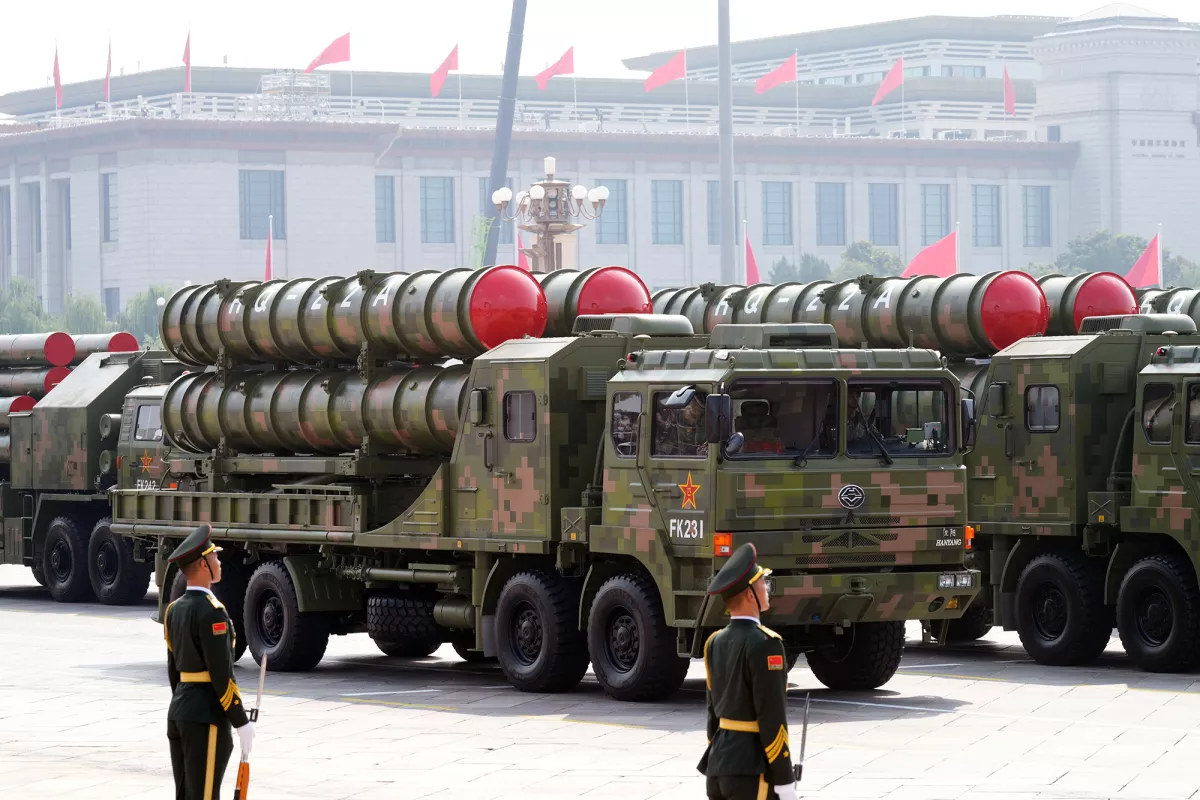
China’s drone capabilities were on full display with the GJ-11, a stealth unmanned combat aerial vehicle (UCAV) described by CCTV as one of the “loyal wingmen” for sixth-generation fighter jets.
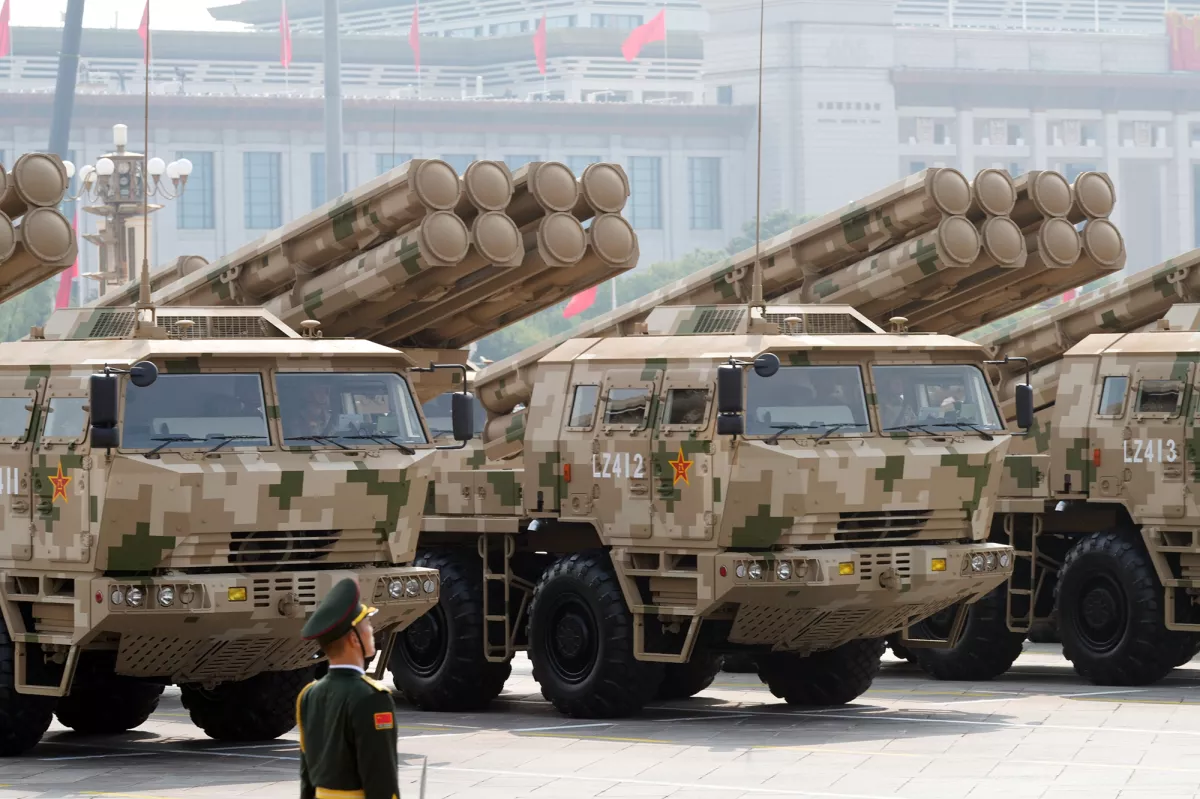
Finally, in the air, advanced carrier-based aircraft such as the J-15T, J-15DH, and stealth J-35 flew over Tiananmen Square, underlining the PLA Navy’s growing air power.
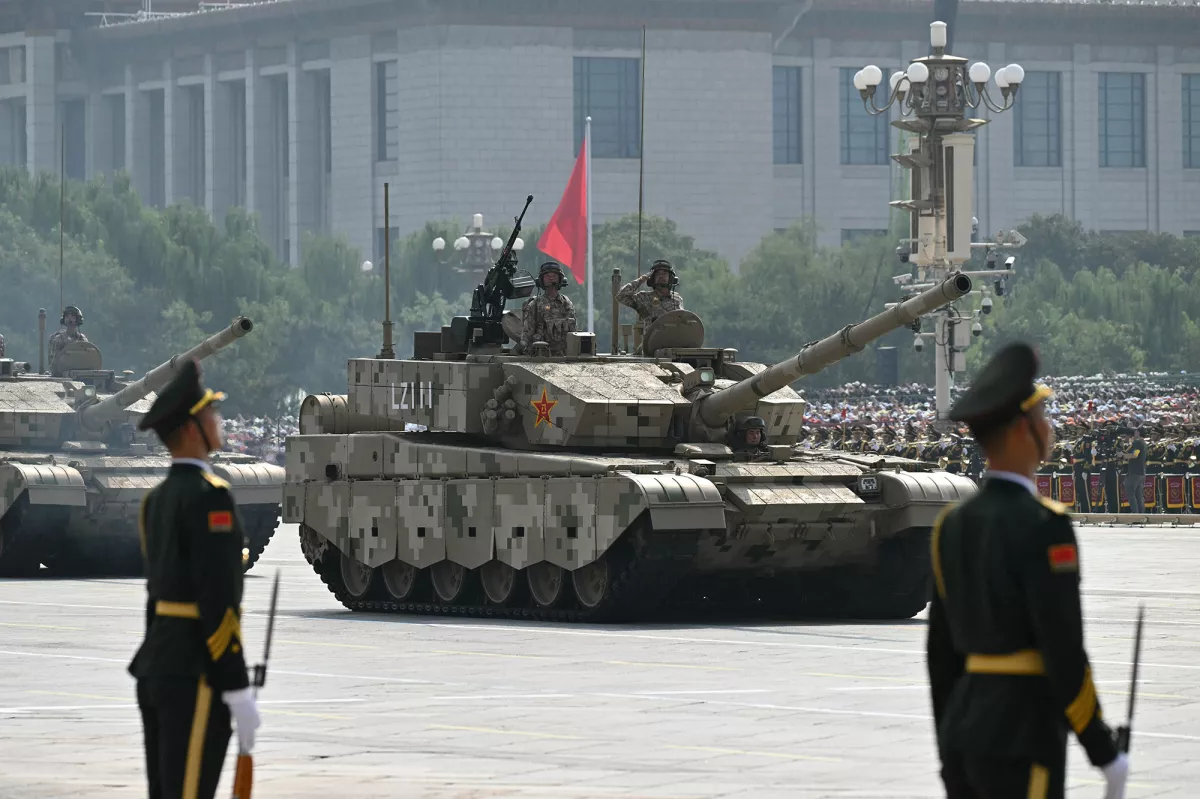
Notably absent from the parade were the DF-27 and DF-41, a move analysts say highlights China’s intention to focus on newer developments within its rocket force.
By Vafa Guliyeva








